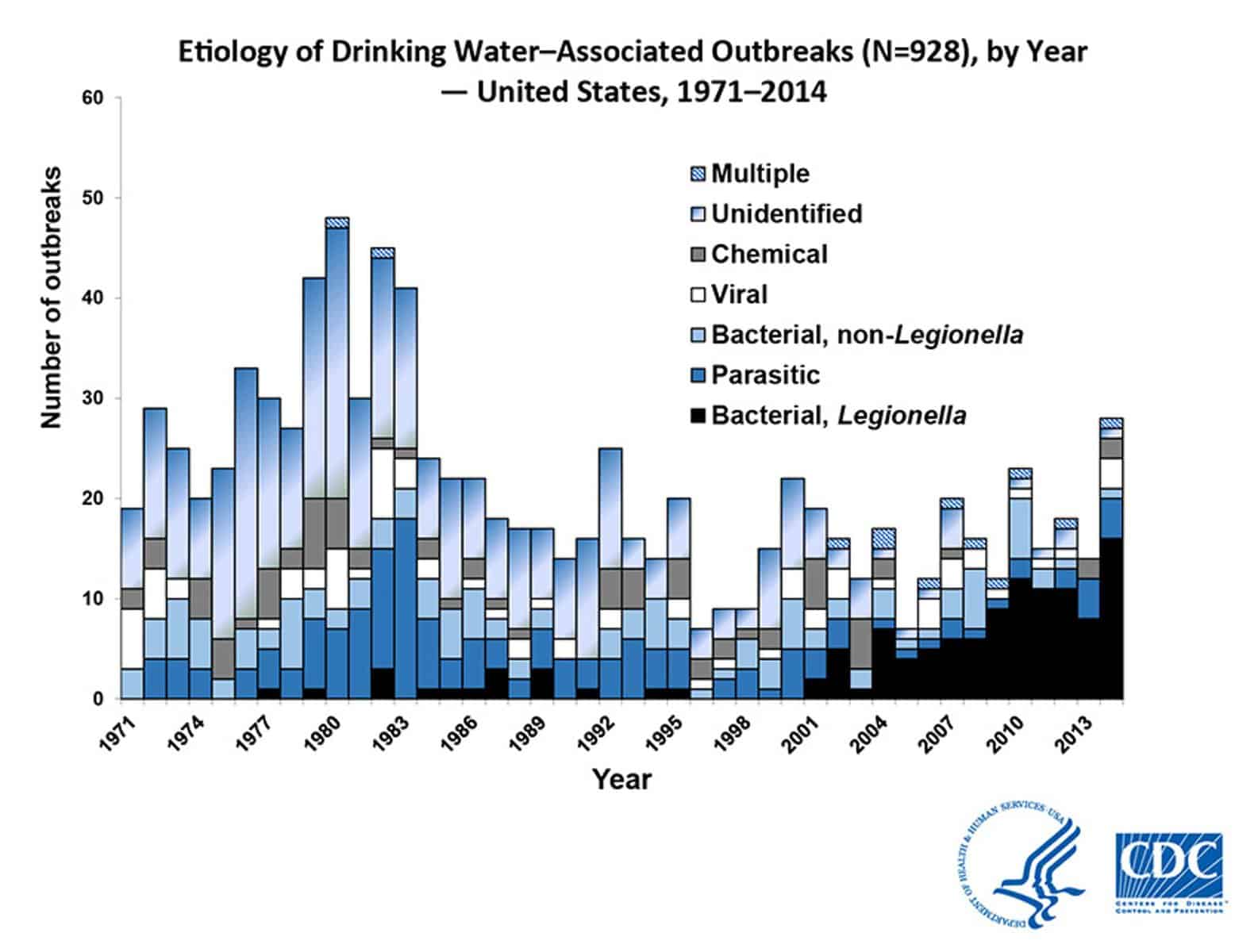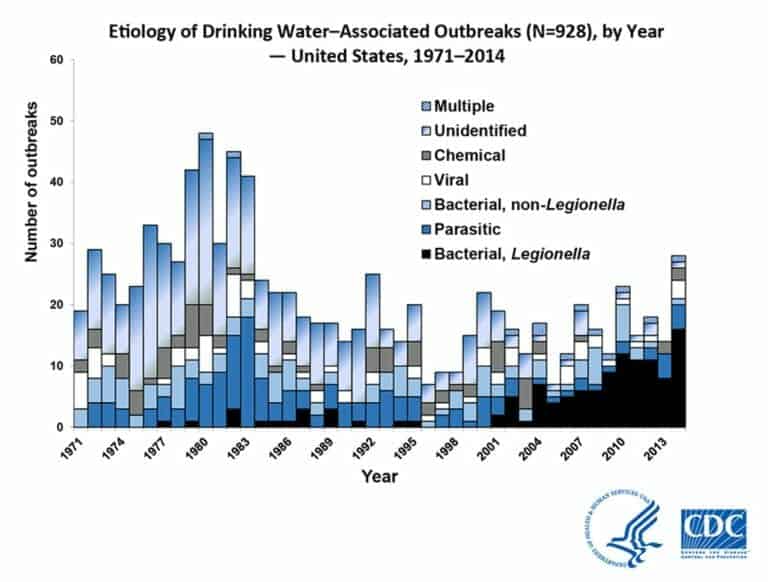Most Americans take clean drinking water for granted as a convenience of modern life. The United States has one of the world’s safest drinking water supplies, but new challenges constantly emerge.
For example, on May 6 researchers at the nonprofit Environmental Working Group and Northeastern University reported that 43 states have sites where water is contaminated with toxic fluorinated compounds known as PFAS. And many farm workers in California’s Central Valley have to buy bottled water because their tap water contains unsafe levels of arsenic and agricultural chemicals that have been linked to elevated risks of infant death and cancer in adults.
As a scientist specializing in water quality, I believe water providers and regulators can’t afford to be complacent.
So I was distressed to hear EPA Administrator Andrew Wheeler tout the quality of drinking water in the U.S. in an interview on March 20, 2019. “I want to make sure the American public understands 92 percent of the water everyday meets all the EPA requirements for safe drinking water,” Wheeler said.
Let’s do the math on that. Nationwide, 327 million Americans each drink two to eight glasses of water on average every day. If 8% […]
Full article: The US drinking water supply is mostly safe, but that’s not good enough
More about: forever chemicals (PFAS, etc.), pollution, and public health



